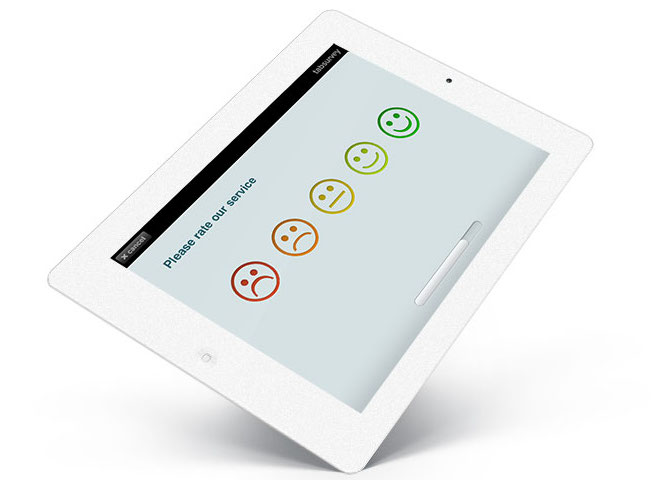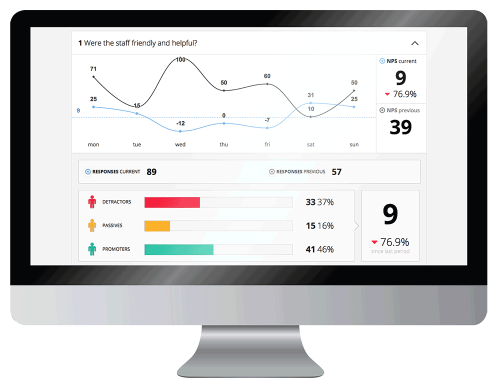Survey App for iPad







Offline Survey App for Real-time Data Collection

Customer Satisfaction
Measure customer satisfaction on-site with our survey app for iPad. Track and analyze your customer’s feedback on the go!

Employee Engagement
Get a better sense of how your colleagues are doing on a daily basis. Our surveyapp can help you identify and resolve important issues.

Offline Data Collection
Use tabsurvey as an offline survey app. Download the iPad app and your survey and start collecting your data. Upload later.






Offline Survey App for Real-time Data Collection

Customer Satisfaction
Measure customer satisfaction on-site with our survey app for iPad. Track and analyze your customer’s feedback on the go!

Employee Engagement
Get a better sense of how your colleagues are doing on a daily basis. Our surveyapp can help you identify and resolve important issues.

Offline Data Collection
Use tabsurvey as an offline survey app. Download the iPad app and your survey and start collecting your data. Upload later.
"You Can't Change What You Don't Measure"

Get started in 5 minutes!
Use our survey app for iPad to measure the KPIs that matter to you. Whether it’s customers, employees or just offline data collection, tabsurvey is the easy choice if you want to get started in 5 minutes.
Simply sign up for an account and compose your first survey. Then download our surveyapp in App Store from your iPad and download your survey to the device.
It’s as easy as that!
Instant reporting
The iPad Survey App will send data if its online and enable you to review your online reports in any browser. Segment your data by location or time or download the data in order to further analyze the results.
Set up users and assign them viewing rights (enterprise plan only) and ensure that everyone sees the reports relevant to them.





